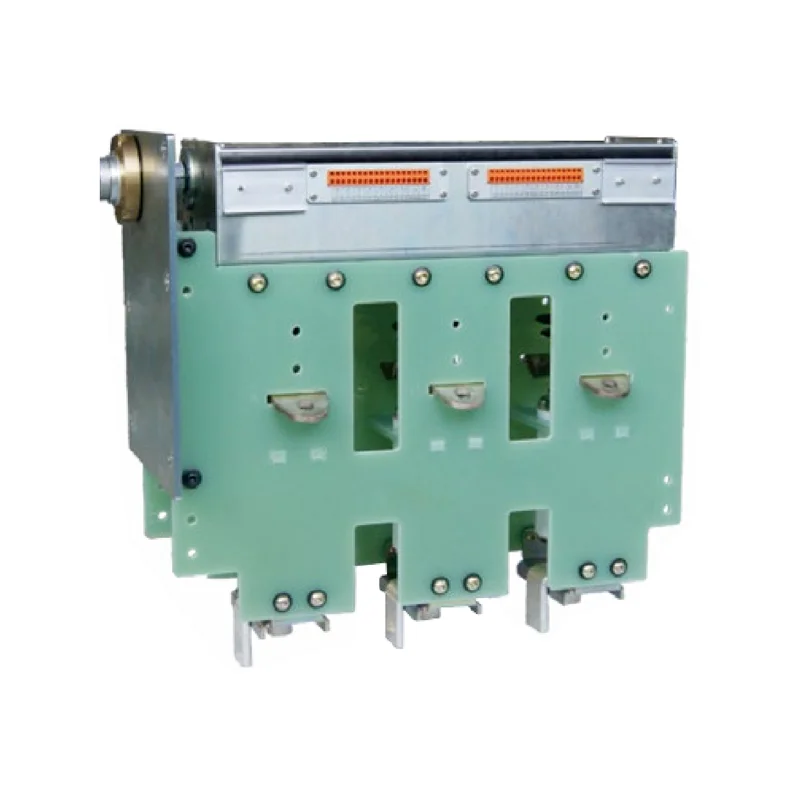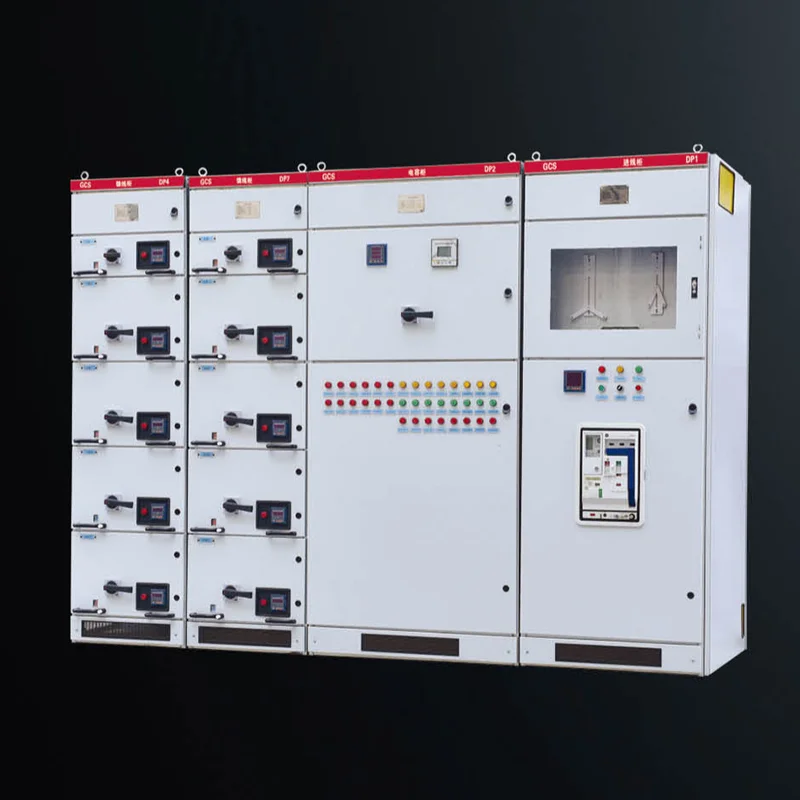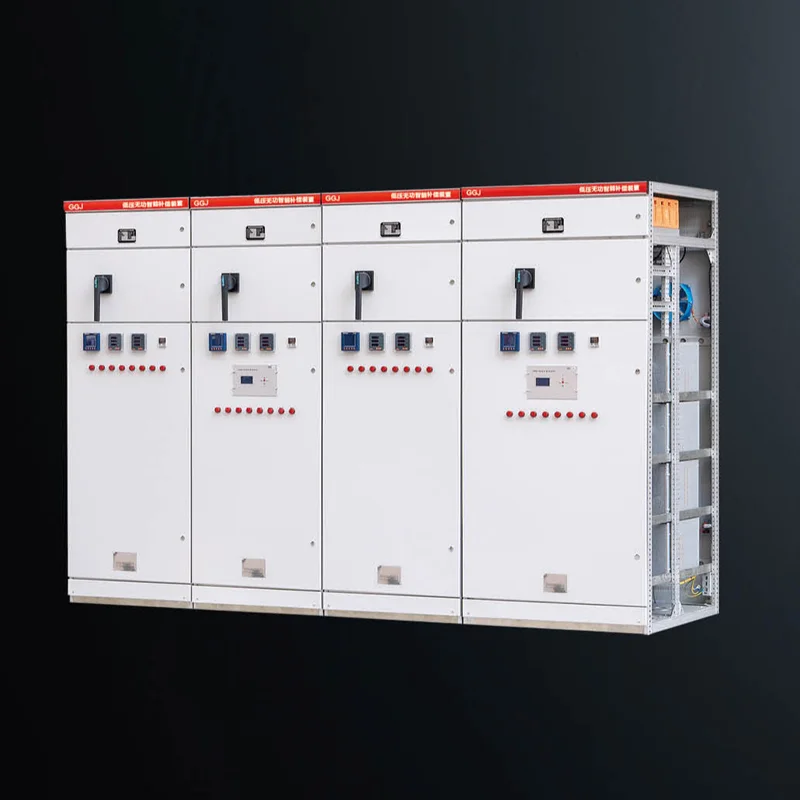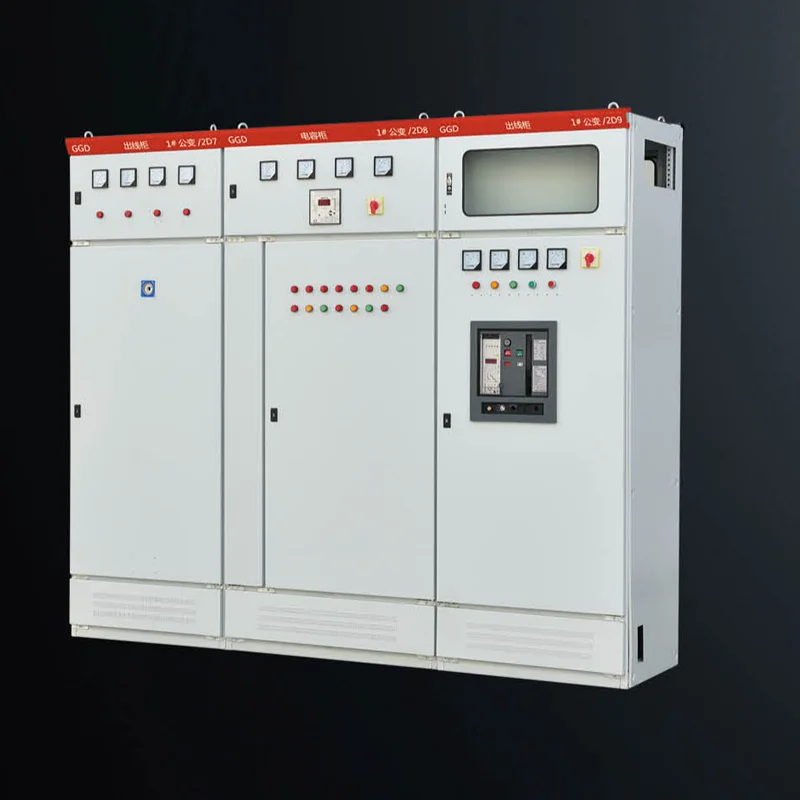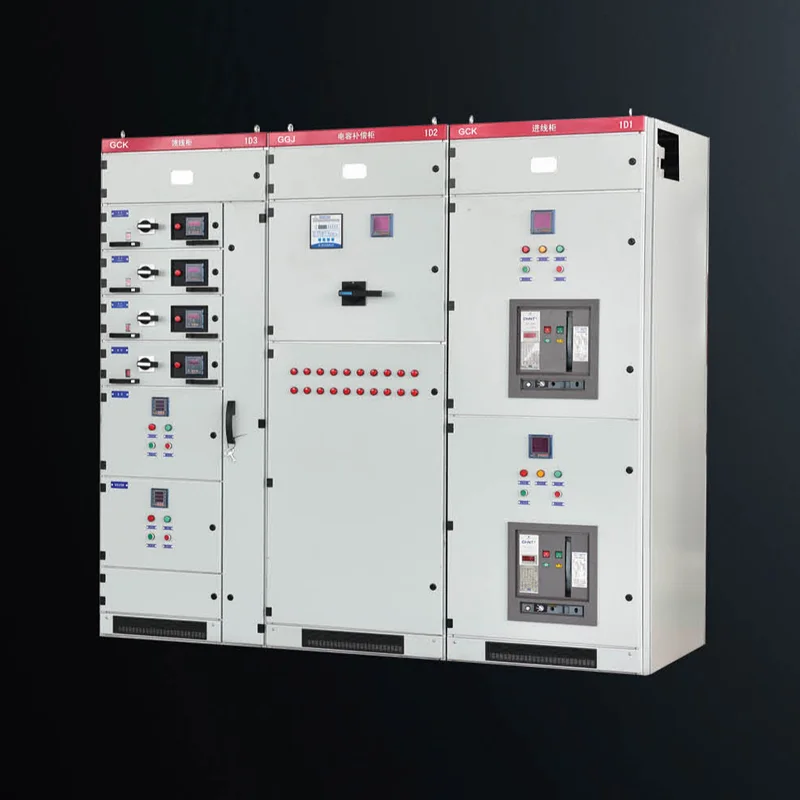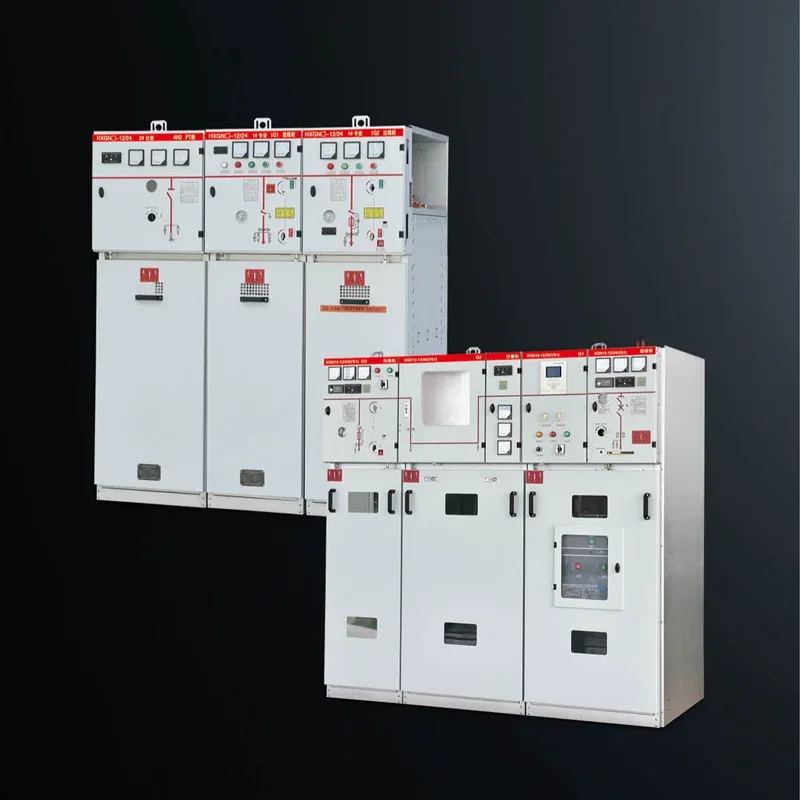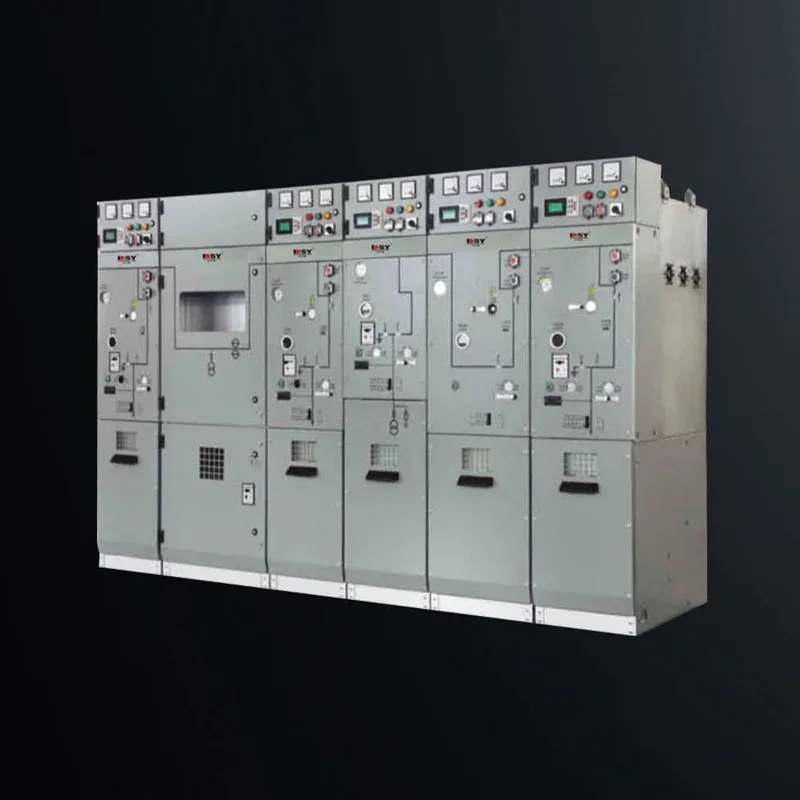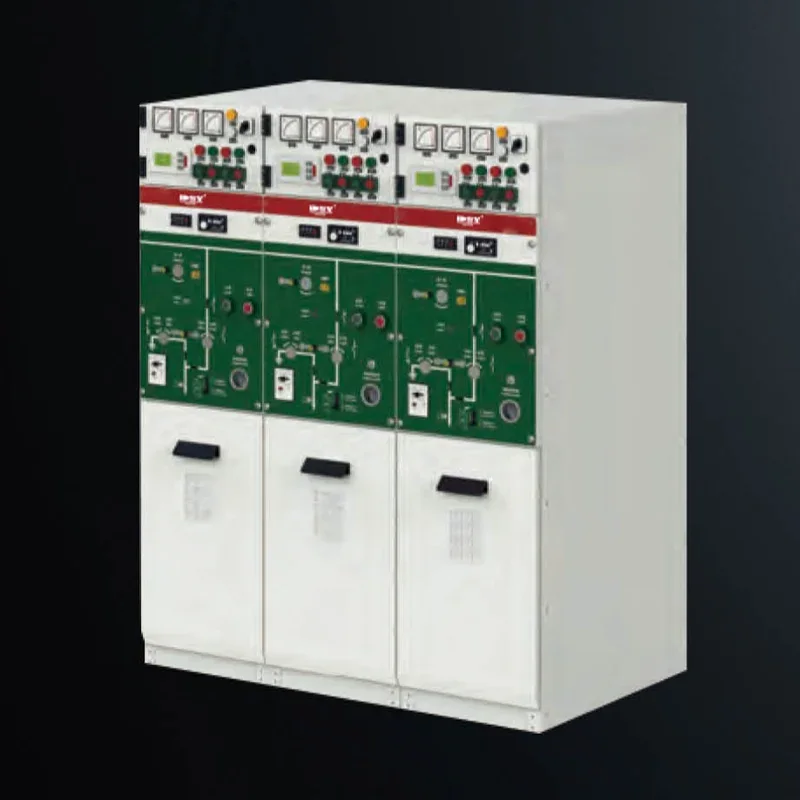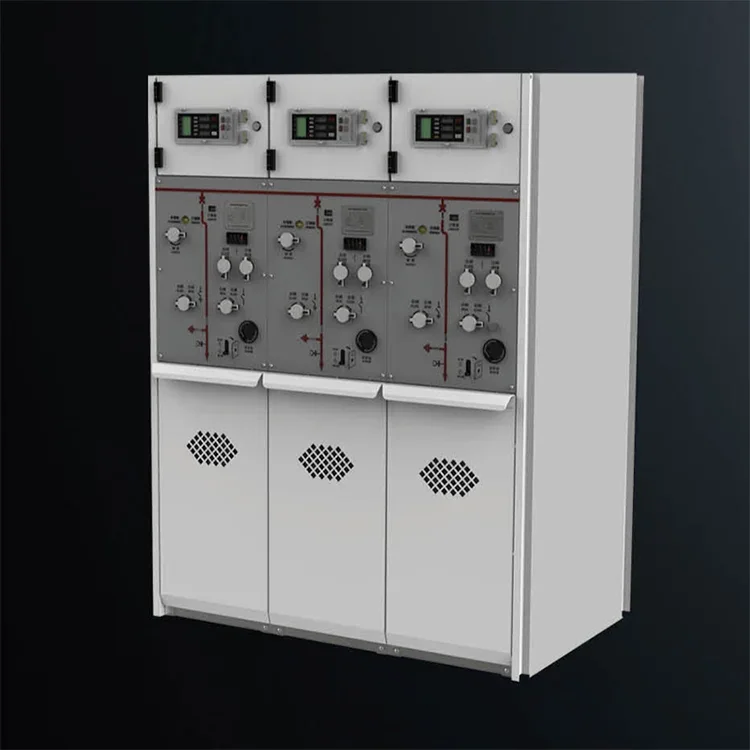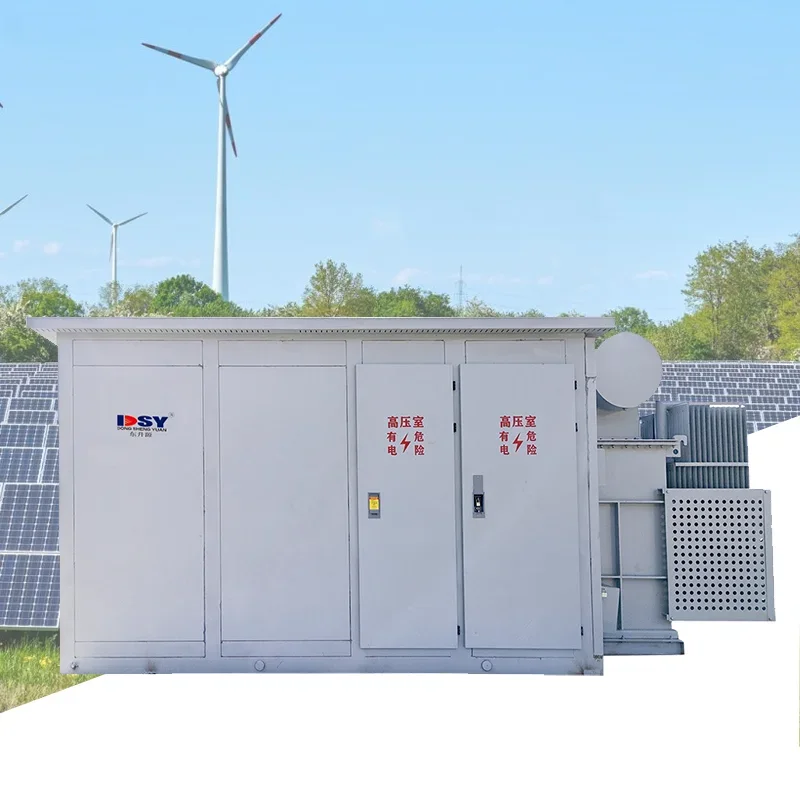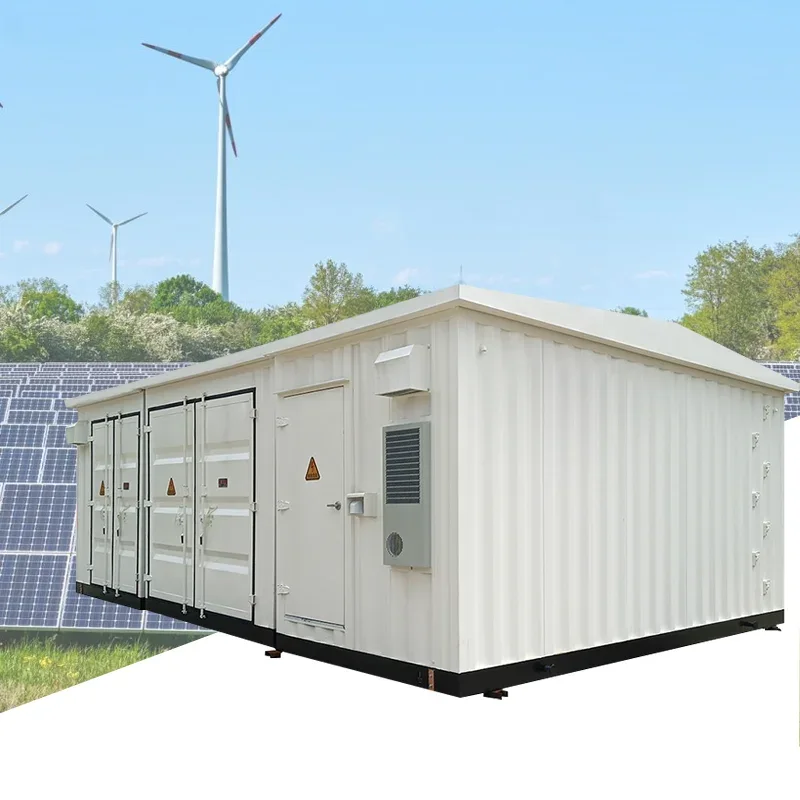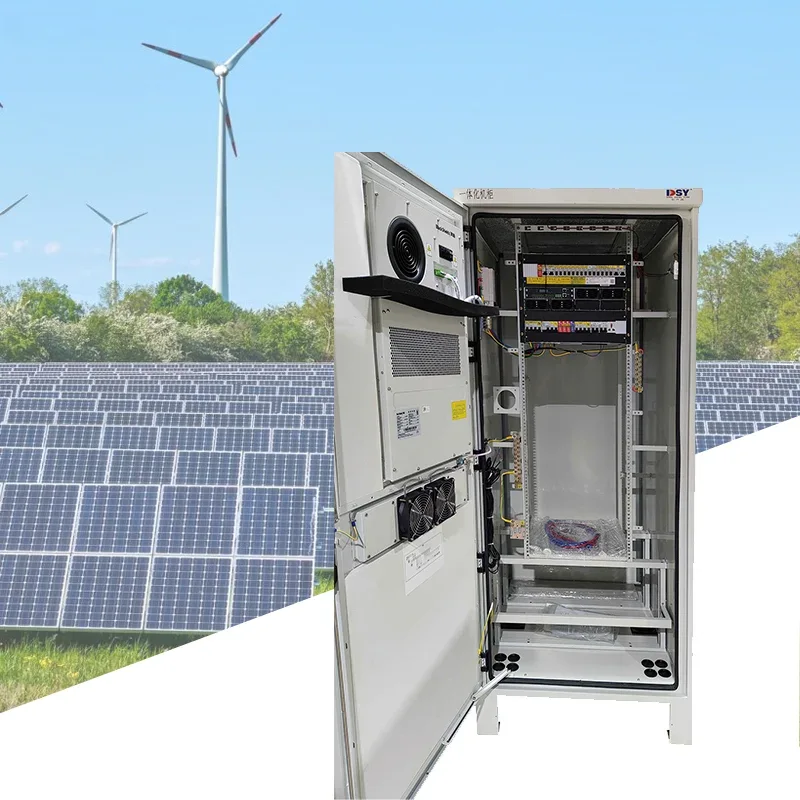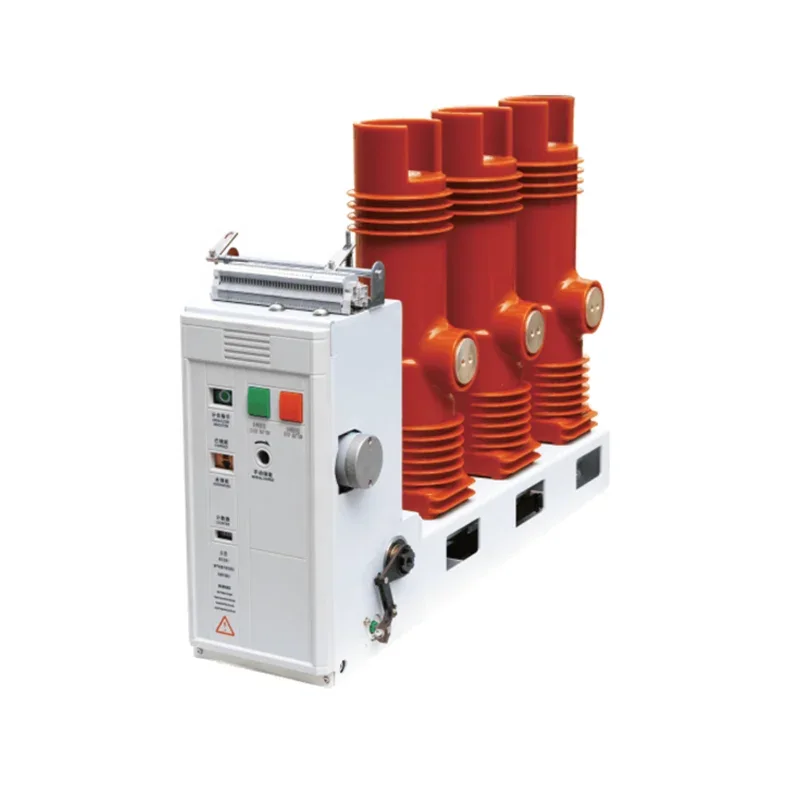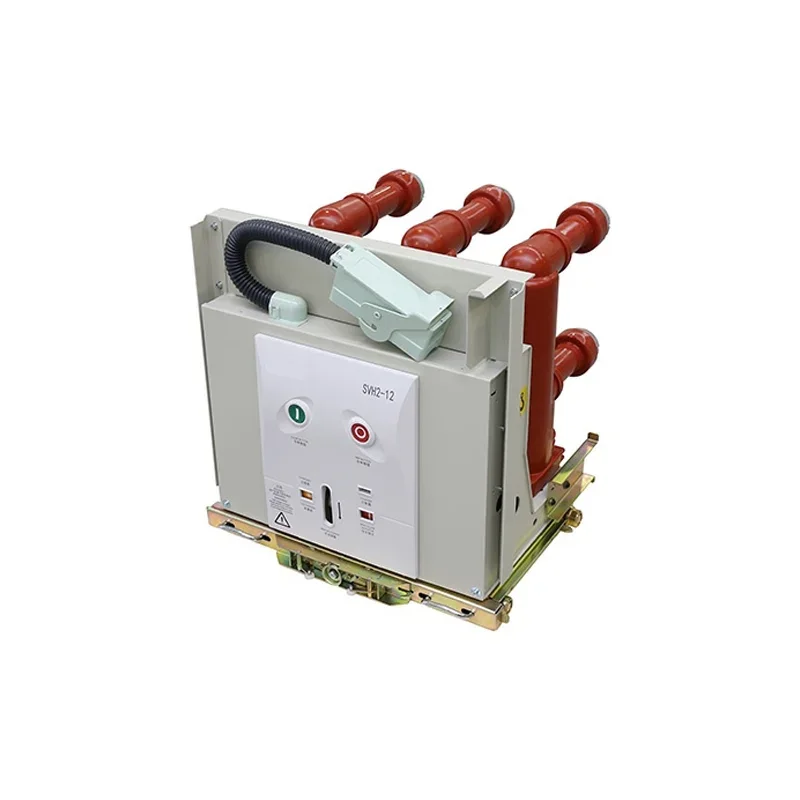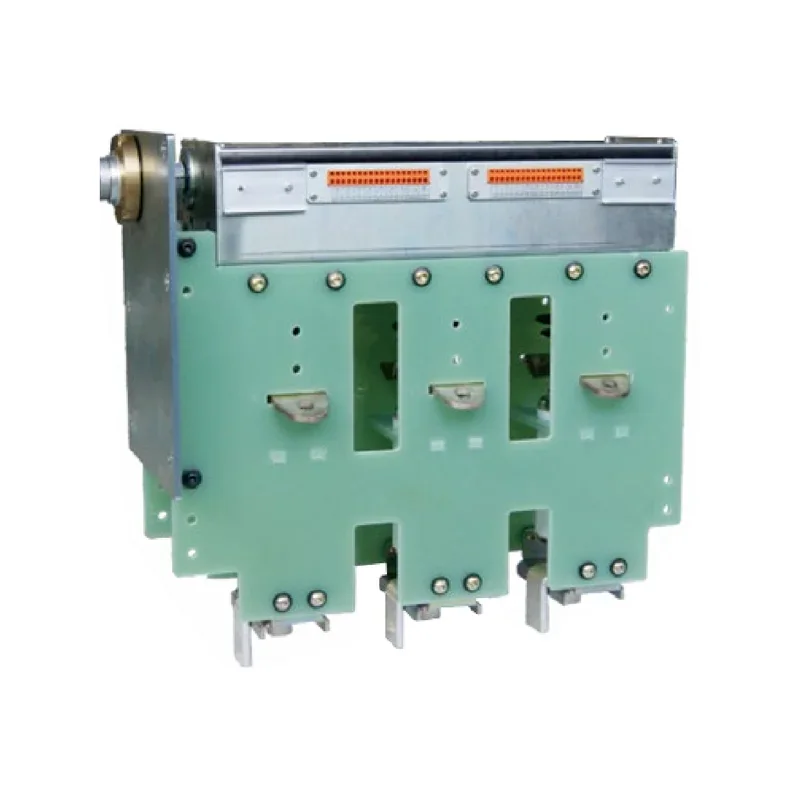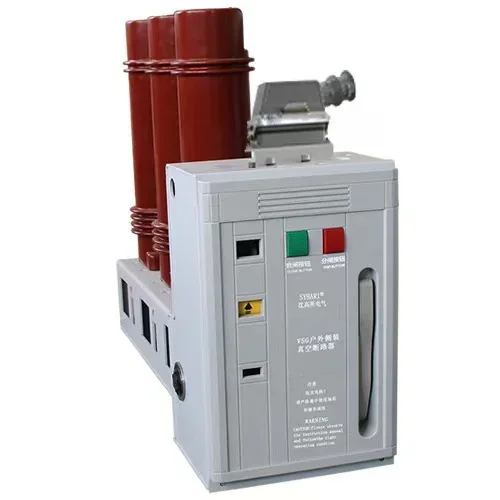Why MV Switchgear is Essential for High Voltage Applications
Why MV Switchgear is Essential for High Voltage Applications Understanding MV Switchgear and Its Purpose Medium Voltage (MV) switchgear plays a pivotal role in the efficient distribution and management of electrical power in high voltage applications. This equipment is designed to operate in a voltage range of 1 kV to 36 kV, serving as a crucial component in electrical substations, industrial fa
Jul 31,2025
Why MV Switchgear is Essential for High Voltage Applications
Understanding MV Switchgear and Its Purpose
Medium Voltage (MV) switchgear plays a pivotal role in the efficient distribution and management of electrical power in high voltage applications. This equipment is designed to operate in a voltage range of 1 kV to 36 kV, serving as a crucial component in electrical substations, industrial facilities, and commercial buildings. By providing protection, control, and switching functions, MV switchgear ensures that electrical systems function smoothly and safely.
The Key Components of MV Switchgear
MV switchgear comprises several fundamental components, each serving a specific purpose in the electrical distribution network. Understanding these components is essential for appreciating the overall functionality of MV switchgear.
1. Circuit Breakers
Circuit breakers are the heart of any switchgear assembly. They are responsible for interrupting the flow of electricity during fault conditions, thereby protecting equipment and personnel. MV circuit breakers come in various designs, including air-insulated, gas-insulated, and oil-insulated types.
2. Switches and Disconnectors
Switches and disconnectors facilitate the isolation of sections of the electrical network. These devices enable maintenance and ensure the safety of personnel working on live equipment.
3. Protective Relays
Protective relays monitor electrical parameters and detect abnormal conditions, such as overloads or short circuits. Upon detection, they send signals to circuit breakers to isolate affected sections.
4. Busbars
Busbars are conductive pathways that connect various components of the switchgear. They allow for the efficient distribution of electrical power while minimizing losses.
The Importance of MV Switchgear in High Voltage Applications
MV switchgear is not just an accessory in high voltage electrical systems; it is essential for several reasons.
1. Safety Assurance
The foremost role of MV switchgear is to ensure the safety of both the equipment and personnel. It protects electrical systems from damage due to overloads and short circuits and safeguards maintenance staff by providing isolation mechanisms.
2. Reliability of Power Supply
In high voltage applications, reliability is paramount. MV switchgear enhances the stability of power supply systems by minimizing the risk of outages and ensuring continuous operation of critical infrastructure.
3. Equipment Protection
Electrical equipment is a significant investment, and protecting these assets is vital. MV switchgear prevents damage from electrical faults, extending the lifespan of transformers, generators, and other high-value equipment.
4. Efficient Energy Distribution
MV switchgear optimizes the distribution of electrical energy across different sectors. With features like load balancing and fault management, it ensures that energy flows efficiently to where it is needed most.
Types of MV Switchgear
MV switchgear can be categorized into different types based on their design and operating principles.
1. Air-Insulated Switchgear (AIS)
Air-insulated switchgear is a traditional type of switchgear that utilizes air as the insulation medium. It is commonly used in substations and is known for its simplicity and ease of maintenance.
2. Gas-Insulated Switchgear (GIS)
Gas-insulated switchgear uses sulfur hexafluoride (SF6) gas as the insulating medium. It is compact and ideal for installations where space is limited, providing enhanced safety and reliability.
3. Hybrid Switchgear
Hybrid switchgear combines the benefits of both AIS and GIS, offering flexibility and efficiency. It is suitable for modern power distribution networks, where space and environmental considerations are paramount.
Critical Applications of MV Switchgear
MV switchgear is vital in various sectors, each with unique requirements and challenges.
1. Industrial Applications
In industries such as manufacturing and mining, MV switchgear ensures the safe and efficient distribution of electricity to support heavy machinery and production lines. The ability to manage large electrical loads is essential for operational efficiency.
2. Renewable Energy Systems
As the world transitions to renewable energy sources, MV switchgear plays a crucial role in wind and solar power plants. It helps integrate renewable energy into the grid, ensuring stability and reliability.
3. Commercial Buildings
In commercial infrastructures, MV switchgear is used to manage power distribution for lighting, HVAC systems, and other electrical needs. Reliability in these systems is critical for business operations.
4. Transportation and Utilities
MV switchgear is employed in railway systems and utilities to manage power for trains and streetcars, as well as to facilitate the distribution of electricity to residential and commercial consumers.
Key Benefits of Using MV Switchgear
Implementing MV switchgear in high voltage applications offers numerous advantages.
1. Enhanced Safety
Safety is the primary concern in any electrical installation. MV switchgear incorporates various safety features, such as protective relays and isolation switches, to mitigate risks.
2. Improved System Performance
MV switchgear enhances the operational performance of electrical systems by minimizing downtime and ensuring that power distribution is optimized.
3. Cost-Effectiveness
While the initial investment in MV switchgear may be significant, the long-term savings in maintenance costs and equipment lifespan make it a cost-effective solution.
4. Environmental Considerations
Modern MV switchgear designs prioritize environmental sustainability. Gas-insulated switchgear, for instance, minimizes the footprint and reduces the risk of environmental contamination.
Selecting the Right MV Switchgear
Choosing the right MV switchgear is crucial for maximizing its benefits.
1. Assessing Voltage Requirements
The voltage rating of the switchgear must match the specific needs of the application. Understanding the load and operational requirements helps in making an informed decision.
2. Evaluating Environmental Conditions
Consideration of environmental factors such as humidity, temperature, and space is essential. This assessment influences the choice between AIS, GIS, or hybrid systems.
3. Determining Maintenance Needs
Different types of MV switchgear have varying maintenance requirements. Understanding the level of maintenance your organization can commit to is key in selecting an appropriate system.
4. Consulting Experts
Engaging with electrical engineers and manufacturers can provide valuable insights into the best switchgear options for specific applications. Expert consultations help in aligning technical requirements with real-world applications.
Common Challenges and Solutions in MV Switchgear Implementation
While MV switchgear provides numerous advantages, challenges can arise during its implementation.
1. Space Limitations
In many installations, limited space can hinder the implementation of traditional switchgear. Utilizing gas-insulated switchgear can mitigate this challenge due to its compact design.
2. High Initial Costs
The upfront investment in MV switchgear can be substantial. However, considering long-term operational savings and reduced maintenance costs can justify the initial expenditure.
3. Technological Integration
Integrating MV switchgear with existing systems can be challenging. Utilizing hybrid solutions or consulting with experts can ensure compatibility and optimal performance.
4. Training and Skill Development
Personnel must be adequately trained to operate and maintain MV switchgear. Investing in training programs can enhance operational safety and efficiency.
Future Trends in MV Switchgear Technology
The field of MV switchgear is constantly evolving, with several trends shaping its future.
1. Smart Grid Integration
The integration of smart technology in MV switchgear is becoming essential for improving operational efficiency and enhancing control over electrical distribution.
2. Advanced Monitoring Systems
New monitoring technologies allow for real-time data collection, enabling proactive maintenance and reducing downtime.
3. Sustainable Practices
Sustainability is a growing concern in electrical engineering. The shift towards environmentally friendly materials and energy-efficient designs is becoming a standard practice.
4. Increased Automation
Automation is transforming MV switchgear operations, enhancing safety and operational effectiveness. Automated systems reduce the risk of human error and improve response times during faults.
FAQs about MV Switchgear
1. What is the primary function of MV switchgear?
MV switchgear primarily provides protection, control, and switching capabilities for electrical distribution in high voltage applications.
2. How does MV switchgear improve safety?
It enhances safety by incorporating features such as circuit breakers and protective relays that isolate faults and protect both equipment and personnel.
3. What are the different types of MV switchgear?
The main types include air-insulated switchgear (AIS), gas-insulated switchgear (GIS), and hybrid switchgear, each suited for different applications and environments.
4. How do I choose the right MV switchgear for my application?
Consider factors such as voltage requirements, environmental conditions, maintenance needs, and consult with industry experts to make an informed decision.
5. What are the benefits of gas-insulated switchgear over air-insulated switchgear?
Gas-insulated switchgear is more compact, has a lower environmental impact, and offers enhanced reliability, making it suitable for space-constrained applications.
Conclusion
In conclusion, MV switchgear is an indispensable component in high voltage applications, providing critical safety, reliability, and efficiency in electrical distribution systems. By understanding its functionality, benefits, and future trends, organizations can make informed decisions that enhance operational performance and ensure the longevity of their electrical infrastructure. As technology continues to evolve, embracing advanced MV switchgear solutions will be vital for adapting to the dynamic landscape of electrical power management.
PREVIOUS:
Related News
From June 5th to 8th, 2025, Shenzhen Dongshengyuan Electrical Equipment Co., Ltd. (hereinafter referred to as "Dongshengyuan Electric") participated in the Southeast Asia Electricity and Energy Exhibition (SEAPAE) held in Jakarta, Indonesia. During the exhibition, the company highlighted its three core product lines: high-voltage and low-voltage distribution switchgear, intelligent circuit breakers, and environmentally friendly load switches. These products are designed to provide targeted solutions for the high temperature and high humidity environments commonly found in Southeast Asia, as well as the growing demand for new energy access. They have successfully attracted over 200 industry customers for business negotiations.
The difference between circuit breakers and vacuum circuit breakers
Circuit breaker is an abbreviation for pole type circuit breaker. Circuit breakers are also vacuum circuit breakers

